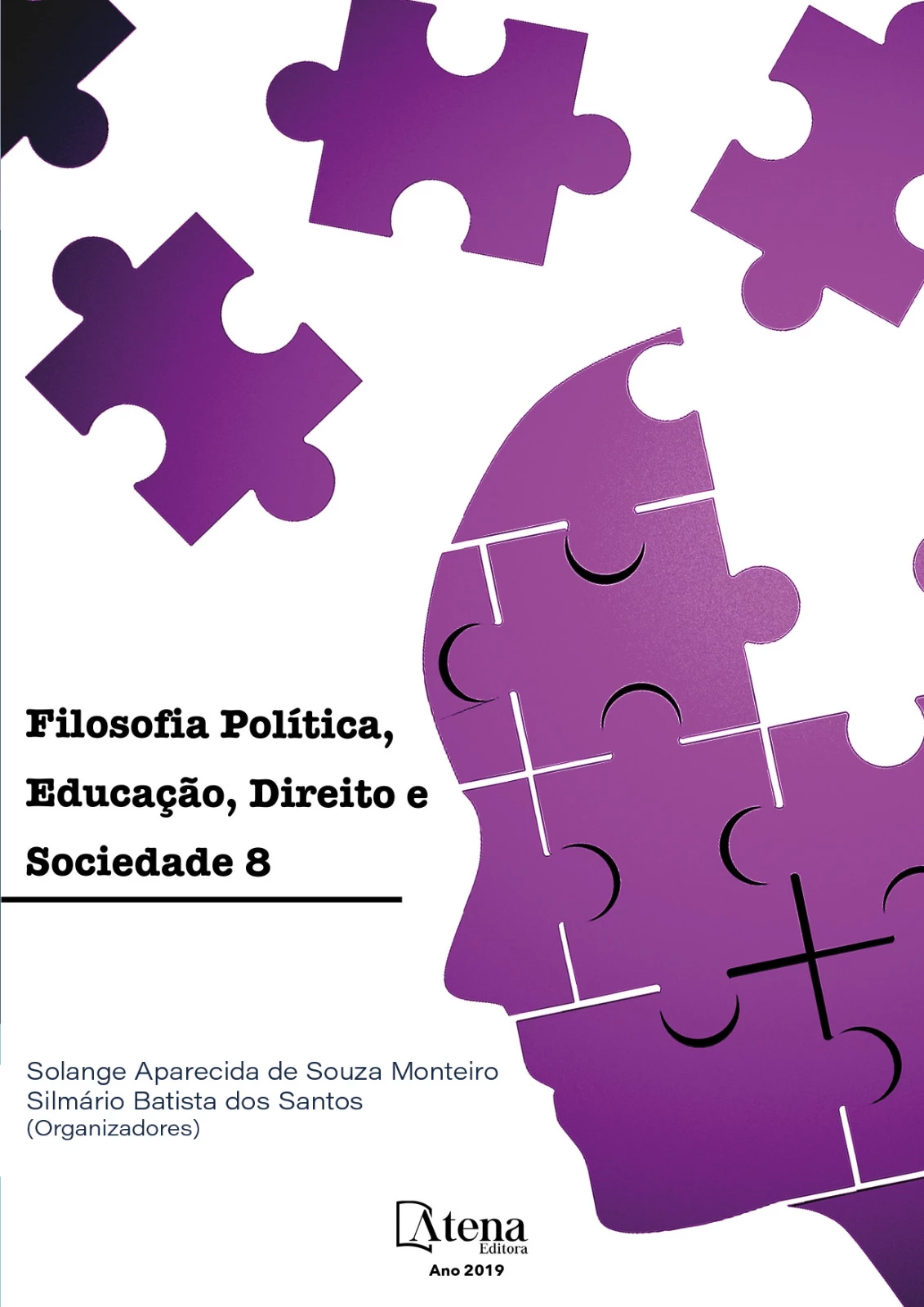
PINTAR, DESENHAR, “ARTESANAR”: O ARTESANATO COMO PRODUÇÃO SIMBÓLICA ESTÉTICA DA LEITURA DO MUNDO POR CRIANÇAS
O presente texto tem como propósito
destacar o artesanato, expressão estética da
cultura popular, da comunidade do Bichinho,
Prados/MG, em perspectiva de uma Educação
que possibilite expressar e (re)significar a
leitura do mundo de crianças da escola pública
da referida comunidade. Sob a perspectiva
crítica de Mikhail Bakhtin e Paulo Freire, os
conceitos de arte e estética são reconhecidos
como a expressão da vida, dos sentidos, do ato
responsável, da educação em sua boniteza e
decência. Os conceitos estéticos bakhtinianos
e freireanos descortinam sentidos que podem
ser relacionados ao artesanato, expressão da
identidade cultural, em contextura educativa,
em prol de uma pedagogia crítica e libertadora.
O artesanato, arte das mãos que são
extremamente culturais, é concebido como a
expressão estética de mãos que agem, pensam,
refletem e transformam. A arte das mãos
também é assumida como aparato estimulador
de uma práxis educativa vinculada à criticidade,
ao ato político, à autonomia, à libertação, à
conscientização, à humanização. Sendo assim,
podemos pensar o artesanato, através de pistas
que o desenho infantil nos concede, como uma
produção simbólica estética em que crianças,
assumidas como produtoras culturais, possam
expressar e (re)significar, ao pintar, desenhar e
“artesanar”, a partir do próprio contexto, seus
sentidos e suas leituras de mundo.
PINTAR, DESENHAR, “ARTESANAR”: O ARTESANATO COMO PRODUÇÃO SIMBÓLICA ESTÉTICA DA LEITURA DO MUNDO POR CRIANÇAS
-
DOI: 10.22533/at.ed.01519040219
-
Palavras-chave: Estética; Artesanato; Leitura do mundo; Crianças.
-
Keywords: Aesthetics; Crafts; Reading the world; Children.
-
Abstract:
This article aims to highlight the
craft, aesthetic expression of popular culture, of
the community of Bichinho in Prados in Minas
Gerais, in the perspective of an Education that
makes it possible to express and (re)signify the
reading of the children’s world from the public
school of the community. From the Mikhail
Bakhtin and Paulo Freire’s critical perspective,
the concepts of art and aesthetics are recognized
as the expression of life, of the senses, of the
responsible act, of the education in its beauty
and decency. The Bakhtinian and Freirean
aesthetic concepts reveal meanings that can be
related to craft, an expression of cultural identity,
in an educational context, in favor of a critical
and liberating pedagogy. The Craft, an art of
hands that are extremely cultural, is conceived
as the aesthetic expression of hands that act,
think, reflect and transform. The art of hands
is also assumed as a stimulating apparatus for
an educational praxis linked to the criticality,
political action, autonomy, liberation, awareness
and humanization. Thus, we can think the craft, through the clues that children’s design
gives us, as a symbolic aesthetic production in which children, assumed as cultural
producers, can express and (re)signify, when painting, drawing and “make crafts”, from
their own context, their senses and their world readings.
-
Número de páginas: 15
- Franciane Sousa Ladeira Aires


